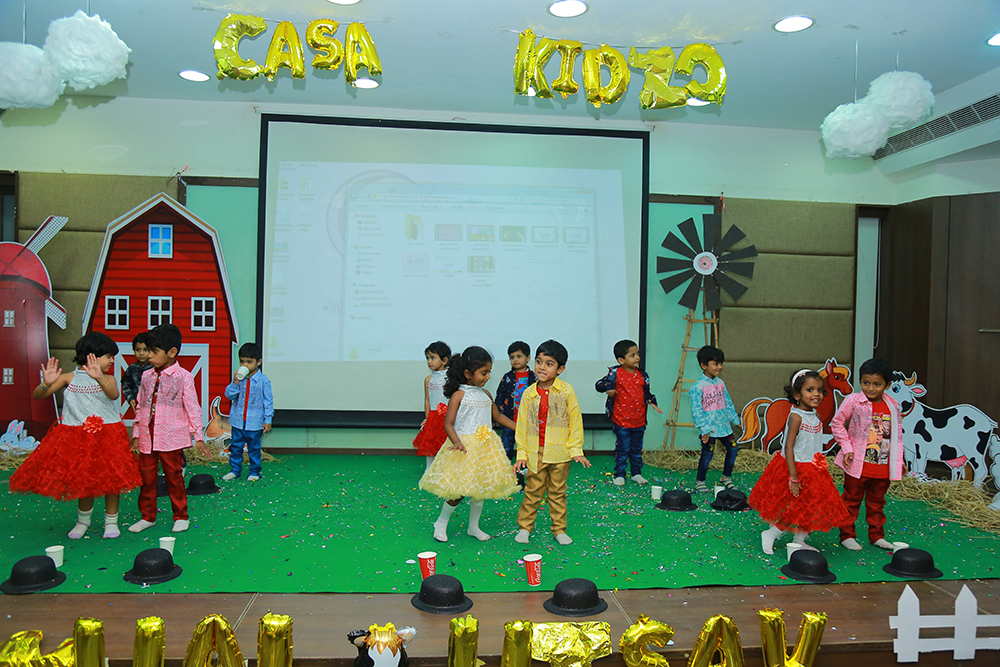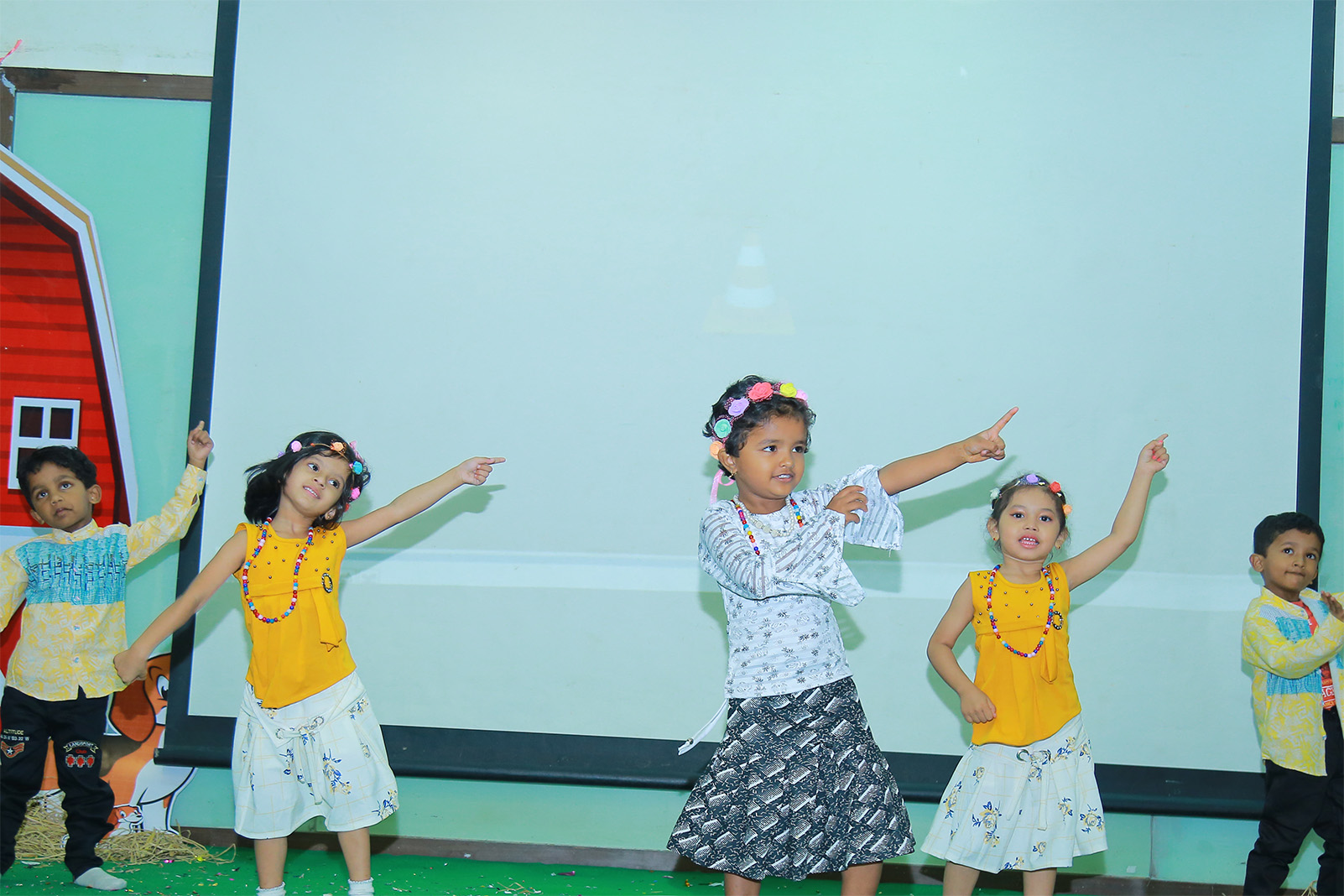Dance is a captivating and expressive art
Dance is a captivating and expressive art form that has been a part of human culture for centuries. It is a universal language that transcends barriers and communicates emotions and stories. As a high school student, I have come to appreciate the power and beauty of dance, not only as a form of entertainment but also as a means of self-expression and personal growth.
One of the reasons why dance is so mesmerizing is its ability to convey emotions. Through movements and gestures, dancers can express joy, sorrow, anger, and a range of other feelings. The fluidity and grace of their bodies create a visual representation of the music or narrative, making it a powerful medium for storytelling. Whether it is the fiery passion of a salsa or the delicate movements of ballet, dance has the power to evoke strong emotions in both performers and spectators.
Furthermore, dance is not only about physicality but also about the mind-body connection. Many dance styles require a high level of body awareness, coordination, and control. This creates an opportunity for dancers to cultivate discipline and concentration. Learning choreography and perfecting techniques demand focus and mental exertion. Consequently, dance can improve cognitive abilities such as memory, spatial awareness, and even problem-solving skills.
Additionally, dance allows individuals to express their unique identities and experiences. Each dancer brings personal interpretations and creativity to their movements, making every performance one-of-a-kind. Dance enables students like myself to break free from societal norms and embrace our authentic selves. This self-expression fosters self-confidence and can serve as a means of catharsis, allowing dancers to release emotions or communicate their struggles with the world.
Moreover, dance is a social activity that encourages collaboration and teamwork. In group choreographies, dancers must synchronize their movements and work in harmony with one another. This fosters a sense of trust and cooperation among the participants. Through this collaborative effort, dancers learn to communicate effectively and respect each other's contributions. These skills are not only valuable on the dance floor but also in other aspects of life, such as school projects or team sports.
Furthermore, dance has physical benefits that contribute to overall well-being. Engaging in regular dance sessions improves cardiovascular fitness, strength, flexibility, and balance. It can provide an avenue for students to engage in physical activity and lead a healthy lifestyle. Dance also serves as a form of exercise that is enjoyable and can potentially reduce stress and anxiety, promoting mental well-being.
In addition to personal growth, dance also carries cultural significance. Various dance styles represent the traditions, history, and stories of different cultures around the world. Engaging with these different styles allows students to develop a global perspective and appreciate the diversity of our world. By learning dances from different cultures, high school students can broaden their horizons and gain a deeper understanding of other societies and their values.
Moreover, dance fosters discipline and time management, necessary skills for any high school student. It requires regular practice and commitment to improve and achieve mastery. By prioritizing dance alongside academic and personal responsibilities, students learn to manage their time efficiently and develop a strong work ethic. This discipline transcends dance and becomes transferable to other areas of life, enabling students to excel academically and professionally.
Furthermore, dance serves as a platform to challenge societal norms and address important issues. Many dancers use their art to raise awareness about social injustices, such as gender inequality or racial discrimination. By incorporating powerful messages and narratives into their performances, they aim to evoke empathy and spark conversations. This activism through dance empowers high school students like myself to become agents of change, using our passion to make a positive impact on society.
Lastly, dance allows individuals to experience joy and escape from the pressures of daily life. In a world filled with academic stress and responsibilities, dancing can be a form of self-care and a way to recharge. The connection between body and mind, the music, and the freedom of movement all contribute to a sense of liberation and happiness. For high school students, dance can be an outlet to express ourselves, let loose, and simply have fun.
In conclusion, dance is a multi-faceted art form that offers numerous benefits to high school students. It promotes self-expression, enhances cognitive abilities, fosters discipline and teamwork, and improves physical and mental well-being. Moreover, dance is a medium to explore different cultures and address social issues. As a high school student, I recognize the power of dance to connect people, provoke emotions, and make a positive impact on society.
The Benefits of Zumba Fitness
Introduction
Zumba Fitness, a dance-based workout, has gained tremendous popularity worldwide for its unique blend of aerobic exercise and energetic music. This essay aims to explore the history, cultural impact, health benefits, and potential future developments of Zumba Fitness. Gradual shifts in fitness trends have led to the emergence of Zumba, offering individuals a smart and enjoyable way to stay fit while experiencing the joy of dancing.
Historical Context
Originally developed in the 1990s by Alberto Perez, a Colombian dancer and choreographer, Zumba Fitness draws inspiration from various Latin American dance styles. The word "Zumba" comes from a Colombian slang term meaning "to move fast" or "buzz like a bee," reflecting the dynamic and vibrant nature of the workout. Created on the basis of aerobics principles, Zumba incorporated elements of salsa, merengue, cumbia, reggaeton, and other dance forms to create an exciting and immersive fitness experience.
Cultural Impact
Zumba Fitness represents a fusion of dance and exercise, contributing to the global sharing and appreciation of different cultures. By incorporating Latin American rhythms into a fitness regimen, it breaks cultural barriers and allows individuals from diverse backgrounds to connect and embrace a common passion for dance and fitness. The widespread popularity of Zumba classes, events, and even competitions illustrates its ability to foster cultural appreciation and understanding worldwide.
Health Benefits
One of the primary reasons for Zumba's immense success is its ability to deliver comprehensive health benefits. This high-intensity workout effectively improves cardiovascular fitness, muscle tone, body strength, coordination, and flexibility. Moreover, the fast-paced dance movements engaged during Zumba sessions promote fat burning and weight loss. Research has also indicated that Zumba may boost mood, reduce stress, enhance cognitive function, and contribute to improved overall psychological well-being.
Innovation and Future Developments
As Zumba continues to evolve, various modifications and specialized programs have been introduced, catering to different age groups, fitness levels, and goals. This adaptability allows individuals of all abilities to participate, further expanding the accessibility and inclusivity of Zumba. Additionally, advancements in technology may facilitate the integration of virtual reality and interactive platforms, enhancing the overall Zumba experience and reaching even broader audiences.
Educational and Professional Opportunities
The increasing demand for Zumba classes and certified instructors has led to the availability of comprehensive training programs, opening up numerous educational and professional opportunities. Accredited institutions now offer certifications and workshops to individuals interested in becoming Zumba instructors, allowing them to develop expertise in dance, fitness, and teaching methodologies. This expansion not only creates job prospects but also strengthens the overall fitness industry.
Community Building
Beyond its individual benefits, Zumba Fitness has demonstrated its potential to build communities and support social interaction. Zumba classes bring people together, fostering friendships, camaraderie, and a sense of belonging. Participants bond through shared experiences, motivation, and the celebration of personal achievements. This social element of Zumba plays a crucial role in promoting overall mental and emotional well-being.
Conclusion
Zumba Fitness stands as a testament to the power of blending exercise and dance, resulting in a unique and exciting workout experience. This dance fitness phenomenon has successfully bridged cultural gaps, promoted physical and mental health, and brought people together. As Zumba continues to evolve and expand into different realms, it presents ample opportunities for growth, education, and community building. Embracing the vibrancy and joy of Zumba, individuals can embark on a holistic fitness journey while positively impacting their lives and those around them.
The Art of Gymnastics A Fusion of Athleticism, Artistry, and Discipline
Introduction
Gymnastics, an ancient sport tracing its roots back to ancient Greece, has evolved into a captivating display of physical prowess combined with artistic expression. This essay delves into the multifaceted nature of gymnastics, exploring its rich history, the diverse disciplines within the sport, the training regimen required, the anatomical demands on athletes, the mental fortitude needed, and the profound impact gymnastics has on the physical, emotional, and cognitive development of its practitioners.
Historical Evolution
Gymnastics originated in ancient Greece as a form of physical education, aiming to improve the strength, flexibility, and overall fitness of soldiers. Over the centuries, gymnastics evolved into a competitive sport, with its roots in the German and Swedish systems. The International Gymnastics Federation (FIG) was established in 1881, further solidifying the sport's global recognition and fostering its rapid growth.
Disciplines Within Gymnastics
Gymnastics encompasses various competitive disciplines, including artistic gymnastics, rhythmic gymnastics, trampolining, and acrobatic gymnastics. Artistic gymnastics showcases impressive routines on various apparatus, while rhythmic gymnastics combines grace, agility, and dance-like movements. Trampolining mesmerizes audiences with aerial acrobatics, while acrobatic gymnastics showcases stunning partner and group performances.
Training Regimen and Physical Demands
Gymnastics demands a rigorous training regimen, encompassing strength training, flexibility exercises, conditioning, and apparatus-specific practice. Athletes devote countless hours to mastering technical skills, perfecting form, and honing routines to achieve precision and elegance. The sport necessitates exceptional strength, explosive power, agility, balance, and flexibility, requiring athletes to push the boundaries of their physiological capabilities.
Anatomical Considerations
The anatomical demands of gymnastics are pivotal in comprehending the intricate nature of this sport. Gymnasts subject their bodies to intense forces, placing substantial stress on joints, bones, and soft tissues. This renders them susceptible to overuse injuries, particularly in the wrists, elbows, shoulders, and knees. Moreover, the rigorous training and unparalleled physical demands can impact the growth and development of young athletes, emphasizing the importance of appropriate training methods and injury prevention strategies.
Mental Fortitude and Psychological Impact
Beyond physical demands, gymnastics is a sport that necessitates incredible mental fortitude. Athletes must conquer fears, cope with pressure, and maintain focus while executing complex and dangerous maneuvers. The sport cultivates discipline, resilience, determination, and self-confidence. However, the perpetual pursuit of perfection can also lead to psychological stress and body image concerns. Therefore, it is crucial to address the mental and emotional well-being of gymnasts through supportive coaching, sport psychology interventions, and a holistic approach to athlete development.
Developmental Benefits
Gymnastics offers profound developmental benefits to practitioners of all ages. For children, it aids in motor skill development, coordination, spatial awareness, and overall physical fitness. Adolescents benefit from increased self-esteem, social skills, teamwork, and time management skills. Furthermore, the discipline required in gymnastics fosters accountability, goal-setting abilities, and adaptability, shaping individuals into well-rounded adults capable of overcoming challenges in various facets of life.
Conclusion
Gymnastics represents the epitome of physical prowess, artistic expression, and remarkable mental fortitude. This essay has unveiled the multifaceted nature of gymnastics, demonstrating its historical evolution, diverse disciplines, rigorous training regimen, anatomical considerations, the mental fortitude required, and the profound developmental benefits it bestows. The world of gymnastics continues to captivate audiences worldwide, inspiring awe and admiration for athletes who master this art form integrated with athleticism.



